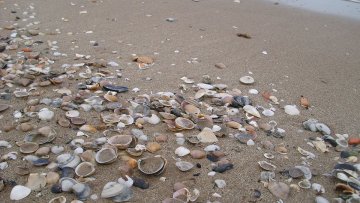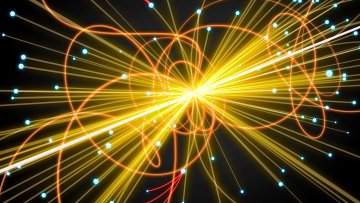12:45
Twisted BRST quantization and localization in supergravity
Abstract
Supersymmetric localization is a powerful technique to evaluate a class of functional integrals in supersymmetric field theories. It reduces the functional integral over field space to ordinary integrals over the space of solutions of the off-shell BPS equations. The application of this technique to supergravity suffers from some problems, both conceptual and practical. I will discuss one of the main conceptual problems, namely how to construct the fermionic symmetry with which to localize. I will show how a deformation of the BRST technique allows us to do this. As an application I will then sketch a computation of the one-loop determinant of the super-graviton that enters the localization formula for BPS black hole entropy.





